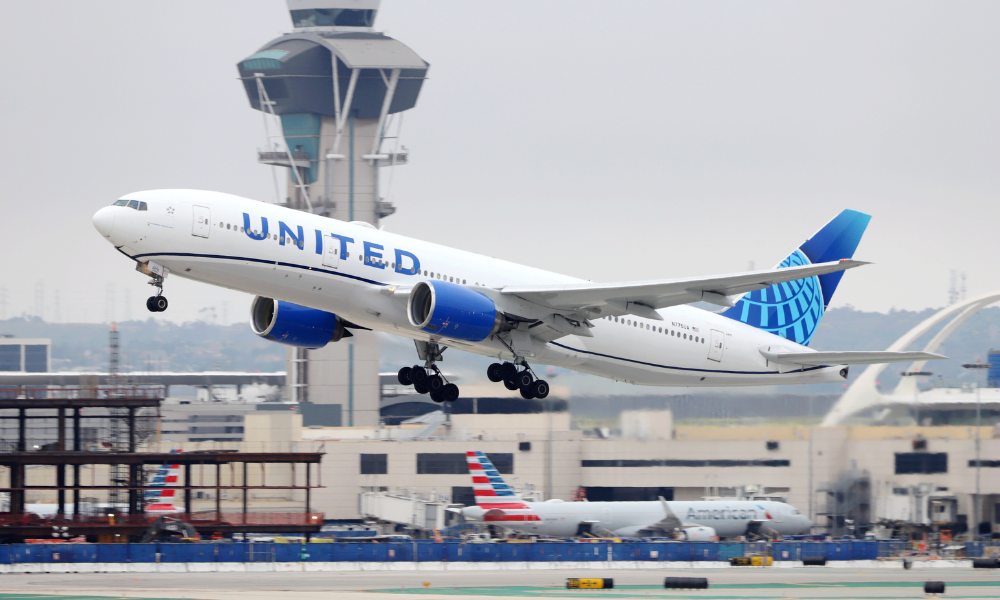Agreement set out basic day rate, but was silent on personal leave days

A federally regulated worker’s payment for personal leave days must be calculated based on a legislative provision when the collective agreement is silent on it, the Ontario Division Court has ruled.
The worker was a locomotive engineer for Canadian National Railway Company (CN). On Jan. 20 and 21, 2020, he took two personal leave days under the Canada Labour Code (CLC), which was amended in 2019 to allow federally regulated employees to have paid personal leave days. The CLC entitled employees to up to five personal leave days per year, with three of those days to be paid at “their regular rate of wages for their normal hours of work.”
The collective agreement between CN and the union included an article defining the basic day rate of pay for locomotive engineers and other employees. It set a day’s work as “100 miles or less, eight hours or less, straight-away or turnaround,” with miles in excess of 100 paid for at mileage rates.
The worker’s pay varied with each shift, depending on the number of miles he travelled as well as allowances based on his train’s length, type, and time spent in terminals.
The Canada Labour Code was amended in 2022 to provide federally regulated workers with 10 days of paid sick leave.
Two methods to calculate pay
After the collective agreement was already in effect, the Canada Labour Standards Regulations were amended to establish two ways of calculating the pay of employees taking personal leave days for employees whose hours differ from day-to-day and are paid on a basis other than time. The first was “the average of the employee’s daily earnings, exclusive of overtime hours, for the 20 days the employee has worked immediately preceding the first day of the period of paid leave.” The second method was “an amount calculated by a method agreed on under or pursuant to a collective agreement that is binding on the employer and the employee.”
The worker submitted a claim to CN for the personal leave days based on what another locomotive engineer earned on the two days he was off. The claim was for more than $1,100.
CN paid the worker $504.20, based on a calculation of two basic days as defined in the collective agreement.
The union filed a grievance, arguing that the compensation for personal leave days must be calculated according to the regulation, since the collective agreement was silent on personal leave day payments. As a result, the worker’s personal leave pay should be calculated based upon his average daily earnings for the 20 working days leading up to Jan. 20, 2020.
CN argued that the regulation’s second method of calculation should be applied since the collective agreement set out a basic day rate of pay.
Daily dispatch longshore workers in BC are entitled to paid personal leave despite the fact that they can choose to not be available, an arbitrator ruled.
Legislative method prevails: arbitrator
The arbitrator agreed with the union, finding that the second method of calculation only applied if the parties actually have agreed on a method to calculate personal leave compensation. In this case, they hadn’t agreed upon what constituted a “regular rate of wages” for the purposes of personal leave days, the arbitrator said.
CN applied for judicial review, arguing that the arbitrator’s decision was unreasonable and inconsistent with the language and purpose of the regulation.
The court found that the arbitrator’s interpretation of the first method of calculation in the regulation was reasonable and that the second method relating to collective agreements did not apply. The collective agreement’s definition of a basic day rate of pay did not apply to the circumstances of personal leave days, the court said.
The court pointed out that the CLC and the regulation referred to pay at an employee’s regular rate of wages, indicating “some degree of frequency,” which was consistent with the use of “regular” elsewhere in the legislation. This was consistent with the CLC’s purpose to ensure that employees who miss work for personal reasons don’t suffer a wage loss and receive fair compensation, the court said.
“[The collective agreement article] can’t be interpreted as a default or general method of compensation for this purpose because the provision is silent on the issue of personal leave days,” said the court. “An anchor in the collective agreement must hook the entitlement of paid personal leave days to [the article] in order to provide an operative method of calculation.”
The court upheld the arbitrator’s decision and dismissed CN’s application, noting that it was open to the parties to negotiate a specific way to calculate payment for personal leave days that could be used for the second method as outlined in the regulation. See Canadian National Railway Company v. Teamsters Canada Rail Conference, 2023 ONSC 3365.
While Ontario cut back on paid work leaves, other jurisdictions were embracing them.




